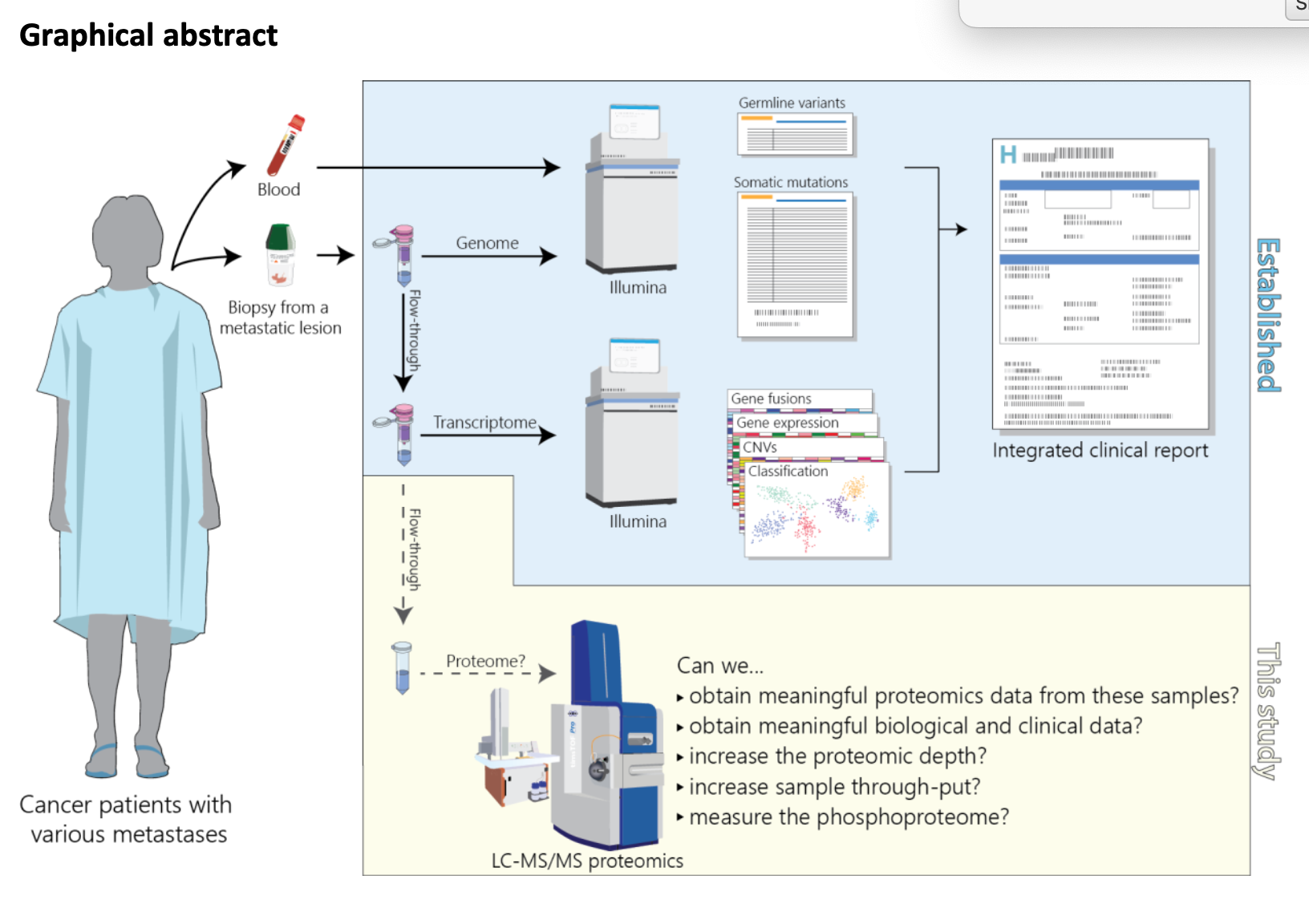This is number three in a series of MiSeq posts focusing on what we might get out of the system as it evolves. I originally suggested in my very first post that a 25GB output might be possible, and revised this with some comments on very long 1000bp runs. Our last flowcell generated 2.24GB from a PE151 run and we continue to get very high-quality data and good yields (when the instrument works). Recently Illumina announced improvements to the MiSeq and suggest 7GB will now be possible using a combination of more imaging and longer reads (PE250bp).
I have created a little spreadsheet that allows you to play with read numbers and how much flowcell gets imaged. I am sticking with my assumption that a MiSeq flowcell is around one third of a HiSeq lane, but of course Illumina might increase the width of the MiSeq lane and further increase data output that way.
The spreadsheet gets 7GB from a 250bp paired-end run so confirms what Illumina announced (I’ll take this as a sign that the spreadsheet works!)
Using the default 300bp run we should get 2, 4 and up to 12 GB from a run as more surface area gets imaged.
If we move to 250bp paired-end runs (500bp) and increase clusters to 10M over the current 7M average then these numbers jump quite considerably, but not beyond reason. It looks like 5-30GB could be possible with additional tweaks. The 30GB output would be some 80M reads. Quite a lot from a little box!
I’d like to see 1000bp reads, even in the form of “mini-contigs” from PE550bp.
What would you do with 60M 1000bp reads? There were almost 6M whole-genome shotgun reads used in the Human Genome project, of similar length.








nice post, thanks James. can your spreadsheet be tweaked to calculate run times? my optimism for miseq is its speed, but my concern is that runs will just be getting longer and longer to improve read length and throughput specs. do you know how long run times are for the 7Gb 2×250 runs?
I appreciate your perspectives,
SR from Boston
How often does the instrument "not work?"
We have experienced "teething" problems with the new instrument and some of our runs have failed. Illumina have replaced these where the instrument was at fault and the nice thing about the system is we can rerun something very quickly. All in all we are happy with performance but I would of course have been happier if it have been completely problem free.
I am not certain I have ever installed a new instrument without teething problems.
This blog shares really huge and good information about many searching topics. It’s good to read.